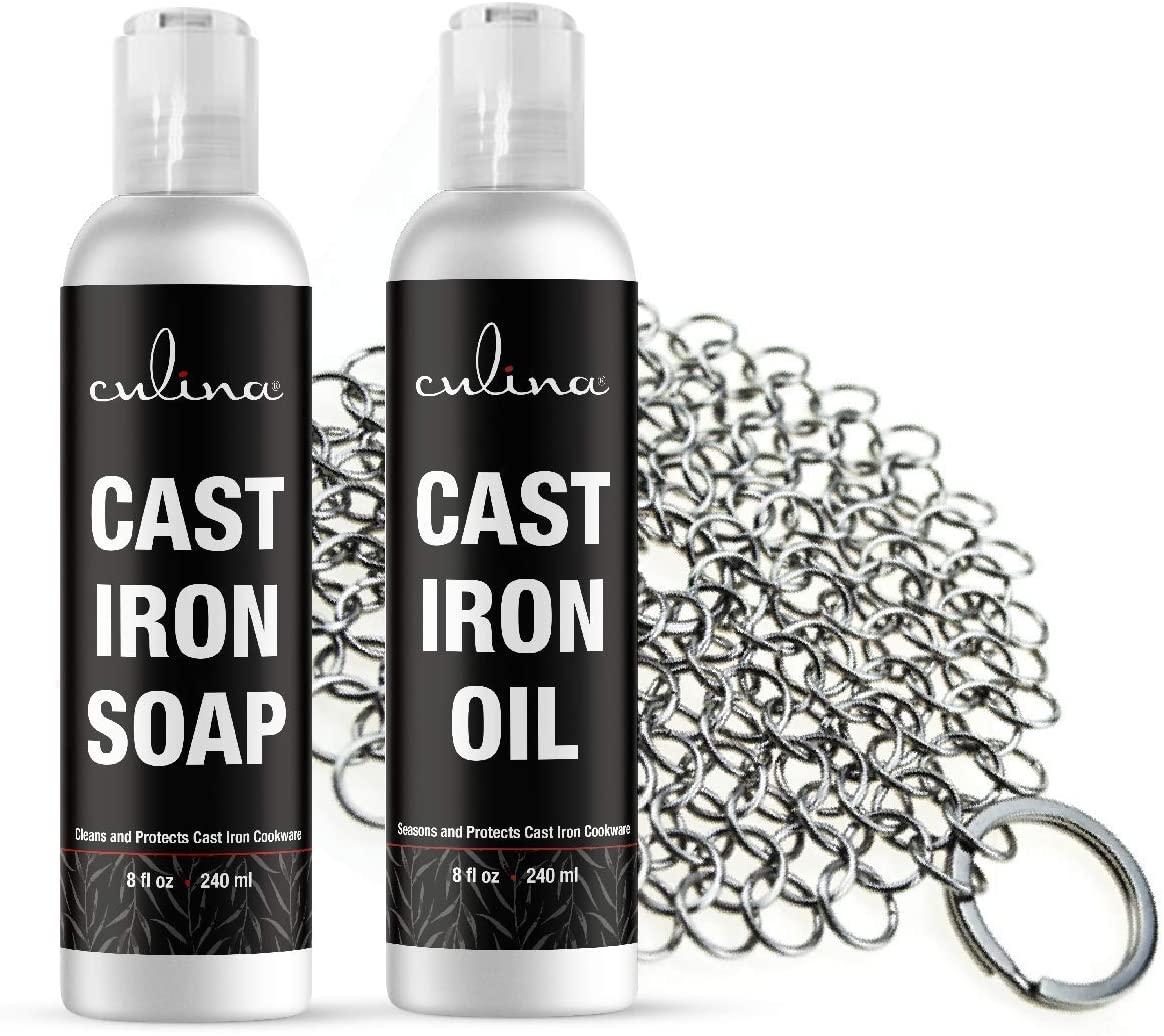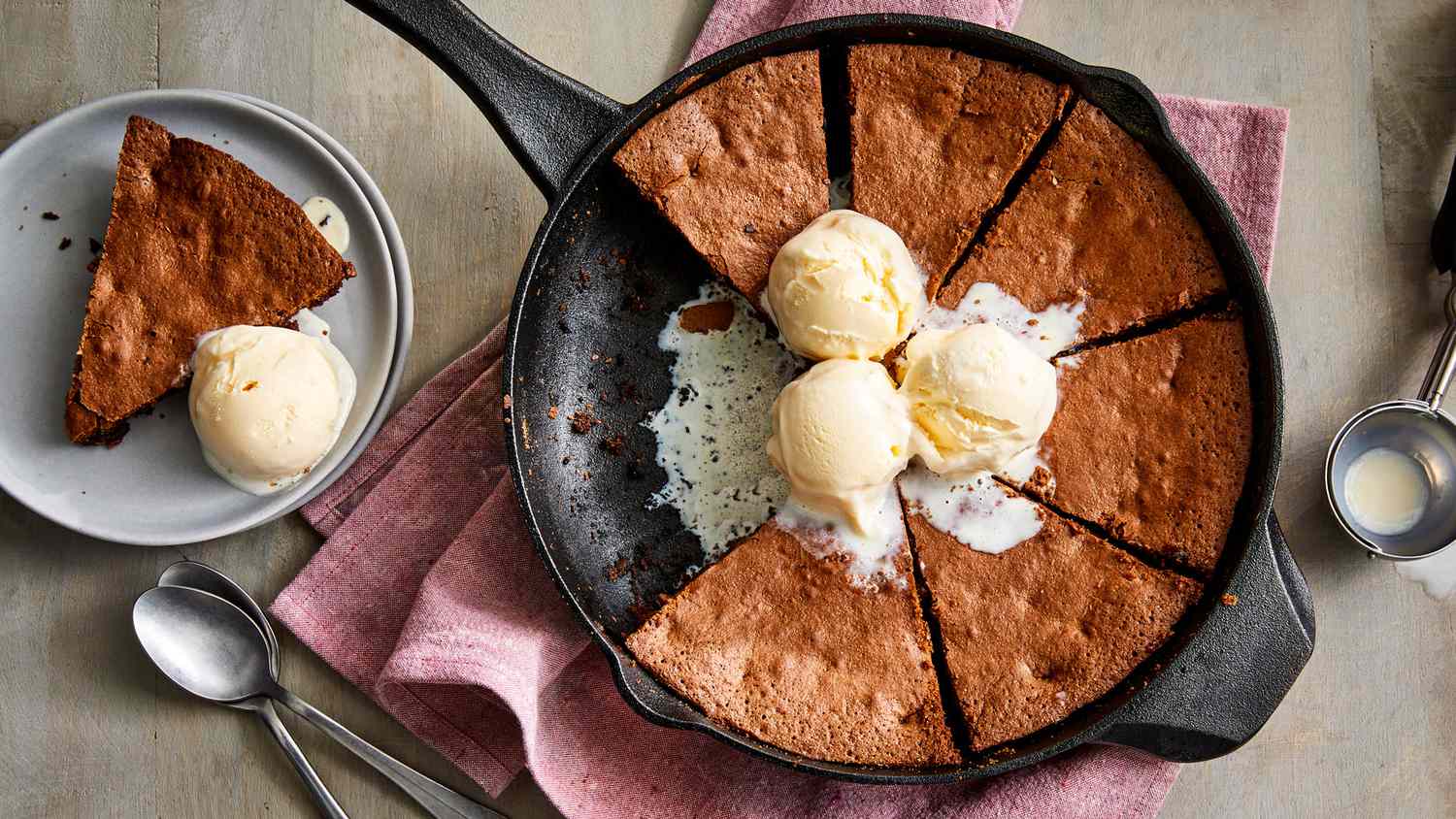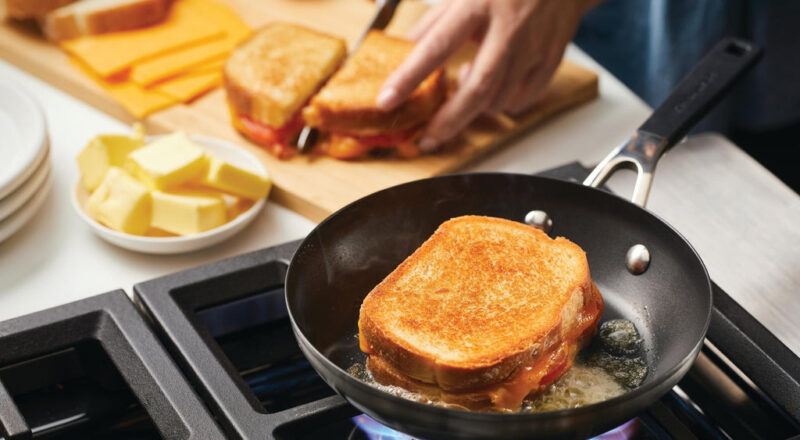If you’re keen on enhancing your kitchen experience while ensuring safety, learning how to sew a cast iron skillet handle cover is a task you shouldn’t skip. This activity not only provides practical value but also adds a personal touch to your kitchen tools. With cast iron skillets gaining popularity for their durability and exceptional cooking performance, an accessory like a handle cover becomes essential.
A simple, homemade handle cover can make a significant difference in handling a hot skillet. Before diving into the sewing process, let’s discuss the benefits and types of fabrics that are best suited for making a handle cover.
Related Links: use a tilt skillet, clean skillet

Benefits of a Cast Iron Skillet Handle Cover
Using a handle cover for your cast iron skillet has numerous benefits. It ensures safety by providing a barrier between your hand and the hot metal. Additionally, it offers better grip, making it easier to handle the skillet even when it’s full of food.

Choosing the Right Fabric
The primary fabric requirement for a handle cover is that it should be heat-resistant. Materials like cotton batting and denim are excellent choices. They not only withstand the heat but also provide comfort and durability.
Why Cotton Batting?
Cotton batting is an ideal fabric because it’s thick and provides excellent insulation. It’s also relatively easy to sew, making it perfect for beginners.
Why Denim?
Denim is another fantastic option due to its durability and heat resistance. Plus, it adds a rugged look to your kitchen accessories.

Materials Needed
- Heat-resistant fabric (cotton batting or denim)
- Thread
- Scissors
- Sewing machine
- Measuring tape
- Pins
Step-by-Step Guide
Step 1: Measuring the Handle
First, measure the length and circumference of your skillet handle. This measurement will guide you in cutting the fabric pieces accurately.
Step 2: Cutting the Fabric
Based on the measurements, cut two pieces of fabric. Ensure the pieces are slightly larger than the handle to accommodate seam allowances.
Step 3: Sewing the Pieces Together
Place the two fabric pieces together with the right sides facing each other. Pin them in place and sew along the edges, leaving one end open.
Step 4: Turning the Cover Right Side Out
After sewing, turn the cover right side out. This step can be a bit tricky, but using a pencil or a similar object can help.
Step 5: Finishing Touches
Iron the cover to give it a neat finish. Check the fit on your skillet handle and make any necessary adjustments.
Caring for Your Handle Cover
It’s essential to keep your handle cover clean. Wash it regularly and ensure it’s completely dry before using it again. A damp cover can attract mold or bacteria, which is undesirable in a kitchen setting.
Advanced Tips
If you’re experienced with sewing and want to add a personal touch to your handle covers, consider embroidering or adding decorative stitches. It not only enhances the appearance but also makes your handle cover unique.
Frequently Asked Questions
1. Can I use other fabrics?
While it’s possible to use other fabrics, it’s crucial to ensure they are heat-resistant to avoid accidents.
2. How often should I wash the handle cover?
It depends on how frequently you use your skillet. Regular washing is recommended to keep it clean and safe.
3. Is a sewing machine necessary?
Using a sewing machine speeds up the process and ensures strong seams, but it’s possible to sew a handle cover by hand if you prefer.
Conclusion
Creating a handle cover for your cast iron skillet is a practical and enjoyable project. It not only ensures safety but also adds a personal touch to your kitchen tools. With the right materials and a bit of sewing knowledge, you can easily make a cover that enhances your cooking experience.
As an Amazon Associate, I earn from qualifying purchases.
External link: Food Network
As an Amazon Associate, I earn from qualifying purchases.

